In this expanding world of technology and automation, Computer Numerical Control (CNC) Machines have become an indispensable tool in factories across the globe. The process of creating a ‘Smart Factory’, complete with fully integrated, efficiently operating CNC machines, calls for an in-depth understanding of these machines and their functioning in an autonomous setup. From gaining a clear insight into the types and roles of CNC machines in a Smart Factory, we transition into identifying and overcoming the challenges of integrating these machines into the existing framework. Shifting our focus to the synergistic relationship between the Internet of Things (IoT) and CNC machines will help us understand how data collection, remote control, and operational efficiency are fundamentally improved with IoT connectivity. This discourse relies on real-world case studies to comprehend how smart factories have successfully incorporated CNC machines, along with a forward-looking perspective on the future trends of advanced CNC machines.
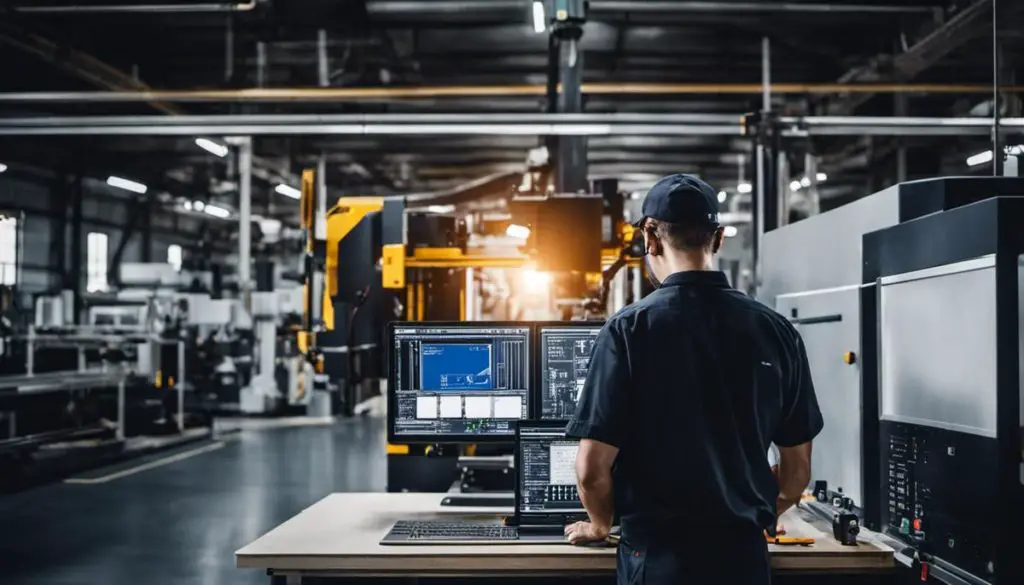
Key Takeaways from this article:
- CNC Machines in Smart Factories: Essential for precision, efficiency, and adaptability, with enhanced functionality through IoT integration.
- Integration Challenges: High costs, need for specialized knowledge, cybersecurity threats, skilled workforce requirements, and sustainability concerns.
- IoT’s Role: Provides real-time monitoring, analytics, and predictive maintenance for CNC machines, but comes with its own set of challenges like cybersecurity.
- Success Stories: Companies like Rolls Royce, Boeing, and Siemens have seen tangible benefits from CNC integration in smart factories.
- Future Trends: Advancements in AI, AR, big data, and the rise of cobots will shape the next phase of CNC machines in smart factories.
- Conclusion: While challenges exist, the potential benefits of integrating CNC machines in smart factories are immense, promising a transformative future for manufacturing.
Understanding CNC Machines and Their Role in a Smart Factory
In an era increasingly dominated by automation and digitalization, Computer Numerical Control (CNC) machines have emerged as the linchpin of smarter factories. These sophisticated assets of modern manufacturing meld intricate design accuracy, reduced labor costs, and heightened efficiency. This fusion is taking industries closer to the reality of fully autonomous, AI-implemented production facilities.
CNC machines tackle fabrication tasks with unerring precision, utilizing digitized designs to command complex machinery tasks. By removing much of the risk of human error, these machines drive extraordinary precision within the manufacturing process. Each piece produced is an exact replica of the last, resulting in exponentially increased product consistency and quality.
Time is the most valuable commodity for every forward-thinking business. And this is where CNC machines come into their own. By operating continuously and autonomously, they can churn out products faster than human-operated machines. Furthermore, they eliminate the need for manual labor involvement in intricate tasks, freeing up human resources for more strategic roles.
Smarter factories optimize resource use, minimizing waste. CNC machines contribute significantly to this, owing to their precision and ability to minimize material waste. They are designed to use just the right amount of material needed for each component, delivering an optimum level of resource efficiency while reducing overall operational costs.
Interconnectivity, a pivotal aspect of Industry 4.0, forms another compelling reason why CNC machines are essential for an intelligent factory. Due to their digital nature, CNC machines can be effortlessly integrated into a factory’s IoT ecosystem. They can transmit real-time data about their operation, enabling predictive maintenance measures and significantly reducing machinery downtime.
The potential for CNC machines doesn’t end here. The evolution of AI and machine learning implies that they can learn from previous tasks, improving their performance over time. By continuously learning and tweaking their operations, they not only produce superior products but also increase overall production speed, enhancing factory productivity dramatically.
As we delve deeper into the era of smart manufacturing where customized yet cost-effective production reigns supreme, CNC machines inevitably become more vital. They offer scalability to accommodate growing or fluctuating demands without compromising accuracy or efficiency.
In conclusion, CNC machines’ significance in creating smarter factories is undebatable. With their precision, consistency, speed, efficiency, and adaptability to Industry 4.0 demands, they will undeniably continue to shape the future of manufacturing. However, the real differentiator will be how businesses leverage these resources, incorporating them into their manufacturing strategies!
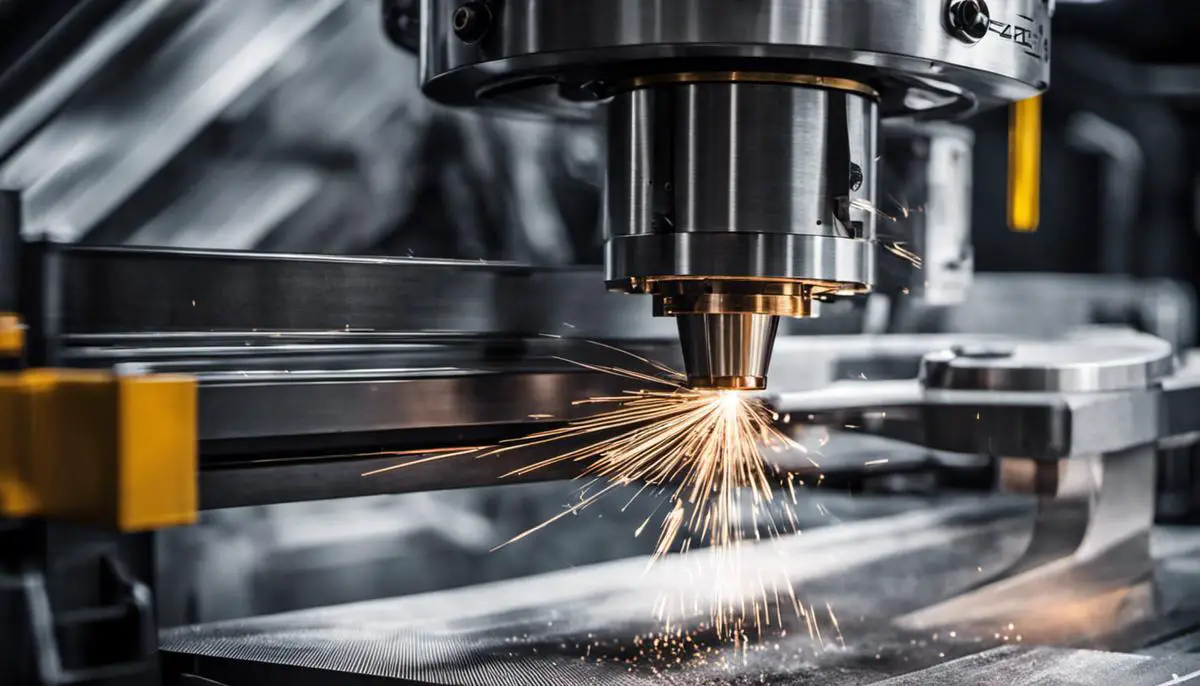
The Challenges of Integrating CNC Machines into Your Smart Factory
Despite the immense benefits of incorporating CNC machines into smart factories, the transition isn’t without its fair share of hurdles. Unfolding the complexity of these challenges allows for more effective strategizing and planning to mitigate them. Let’s delve into some of these potential impediments:
Firstly, cost stands as a major roadblock. CNC machines are sophisticated equipment, with a high initial investment for procurement and setup. Besides the obvious machinery cost, expenses related to training personnel, maintenance, software updates, and integration with existing systems can pile up. For small to medium-sized enterprises, such a financial commitment may be prohibitive.
Furthermore, the integration challenge can’t be understated. Making smart factories work involves seamless communication between multiple systems, including the CNC machines and other elements of the production process. Bridging these systems in an orchestra of efficiency requires significant efforts, specialized knowledge, and advanced technology.
Adding onto the challenges tally is the cybersecurity threat. The interconnectivity that forms the backbone of such smart systems also makes them vulnerable to potential cyber-attacks. A breach can cripple factory operations and can lead to the loss of critical data, making robust security measures an absolute must.
On the human resources front, the implementation of CNC machines demands a workforce that’s skilled enough to operate, maintain, and troubleshoot these machines efficiently. Training existing employees or recruiting new ones skilled in this technology may pose a significant challenge.
In addition, regulations and compliance issues might also prove to be a stumbling block. Depending on the industry and region, there may be numerous guidelines that need to be strictly adhered to when implementing and operating CNC machines.
Lastly, let’s not ignore the sustainability challenge. As the world becomes increasingly conscious about environmental impact, it’s crucial not just to focus on efficiency, but also on how sustainable these CNC operations are. Advanced CNC machines should comply with ‘green’ manufacturing principles, taking into account energy consumption and waste management.
Unquestionably, the hurdles are considerable and require diligent attention. However, considering the unprecedented competitive edge CNC machines offer in a smart factory setup, defying these challenges is undeniably worthy of effort. By proactively addressing these hurdles, businesses can better prepare for a future where CNC machines and smart factories become the manufacturing standard. Overcoming these roadblocks ultimately clears the path to greater productivity, efficiency, and growth in the manufacturing industry. The effort today will bring about the Smart factory of tomorrow.
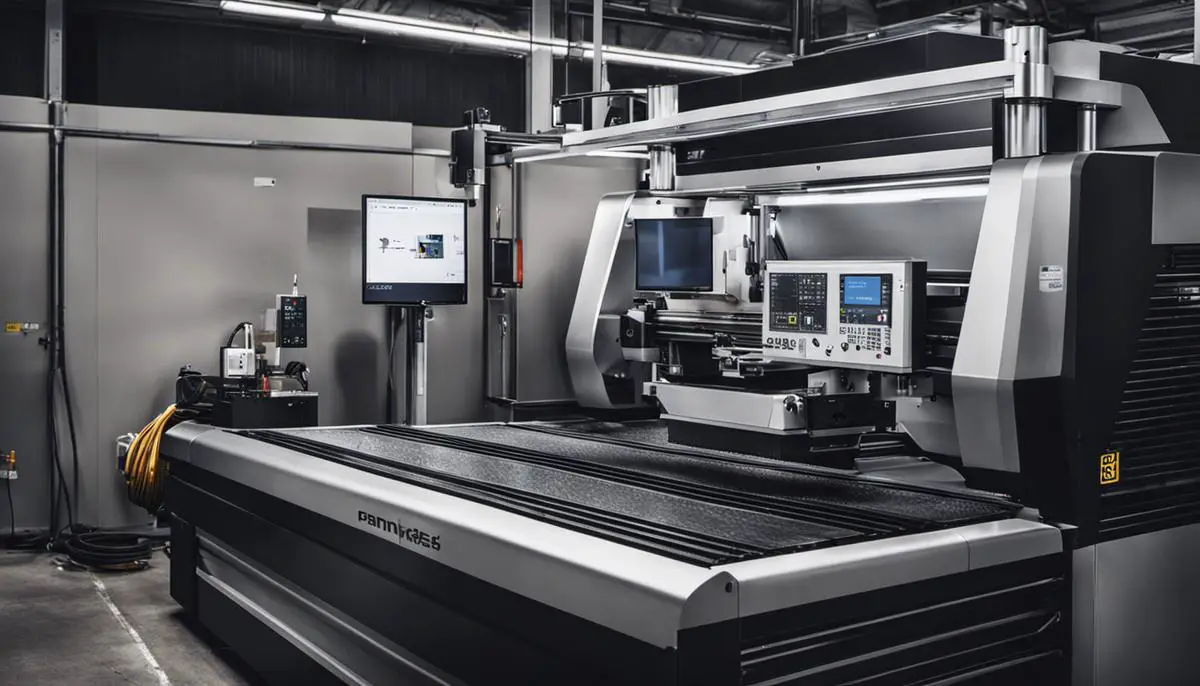
The Technological Aspect: IoT and CNC Machine Integration
The power of Internet of Things (IoT) technology in facilitating CNC machine integration cannot be overstressed. IoT revolutionizes CNC machine operations, transforming an otherwise static physical operation into a dynamic, interconnected, and intelligent system. This seamless integration and enhanced intercommunication due to IoT is dramatically changing the manufacturing landscape.
IoT provides real-time monitoring and analytics, enabling manufacturers to keep track of the performance and efficiency of CNC machine operations. This data-driven approach not only increases the reliability of CNC machines, but it also enables predictive maintenance, thereby minimizing downtime and maximizing productivity. The ability to foresee issues before they cause serious disruption and predict when a machine is likely to need maintenance is a game-changing benefit.
The marriage of IoT and CNC machines also promotes quality control. IoT sensor technology can quickly identify and rectify inconsistencies, minimizing errors, and enhancing the quality of the end product. This process automation leads to a significant reduction in manufacturing errors, thus positively impacting the bottom line.
With IoT, the interconnectivity of CNC machines extends beyond the factory’s four walls. Connectivity on a global scale grants access to a wealth of data giving businesses the insight to make informed decisions about production. This technology also supports the integration of CNC machines with other existing systems within the facility, facilitating improved workflow efficiency.
However, while IoT aids CNC integration and offers numerous benefits, several challenges need to be tactically addressed. The foremost among these is the cybersecurity threat. In an IoT-enabled CNC environment, data security becomes paramount due to the massive influx of real-time information. Therefore, implementing robust security measures is crucial to protect sensitive and proprietary data.
Additionally, businesses must overcome the cost and skill barrier. Implementing IoT integration in CNC machines involves significant capital investment and a competent workforce with the skills to operate and maintain these systems. Consequently, training and upskilling a workforce becomes critical to fully exploit the potential of an IoT-CNC integration.
Moreover, alongside the productivity and efficiency benefits of IoT-CNC integration, companies must remain mindful of sustainability. Energy efficiency and waste reduction play key roles in sustainable manufacturing and cannot be neglected.
Navigating the regulatory and compliance landscape is another crucial aspect of implementing IoT technology in CNC machines. Compliance with safety and privacy regulations is necessary to avert penalties and legal repercussions, alongside fostering a reliable operational environment.
In conclusion, while IoT-CNC integration has inherent challenges, the potential benefits far outweigh them. A strategic approach to employing IoT technology in CNC machine integration can reshape manufacturing operations, delivering unprecedented efficiency, quality control, and productivity. It’s an exciting horizon in the era of smart factories, placing manufacturing at the cusp of digital transformation and Industry 4.0.
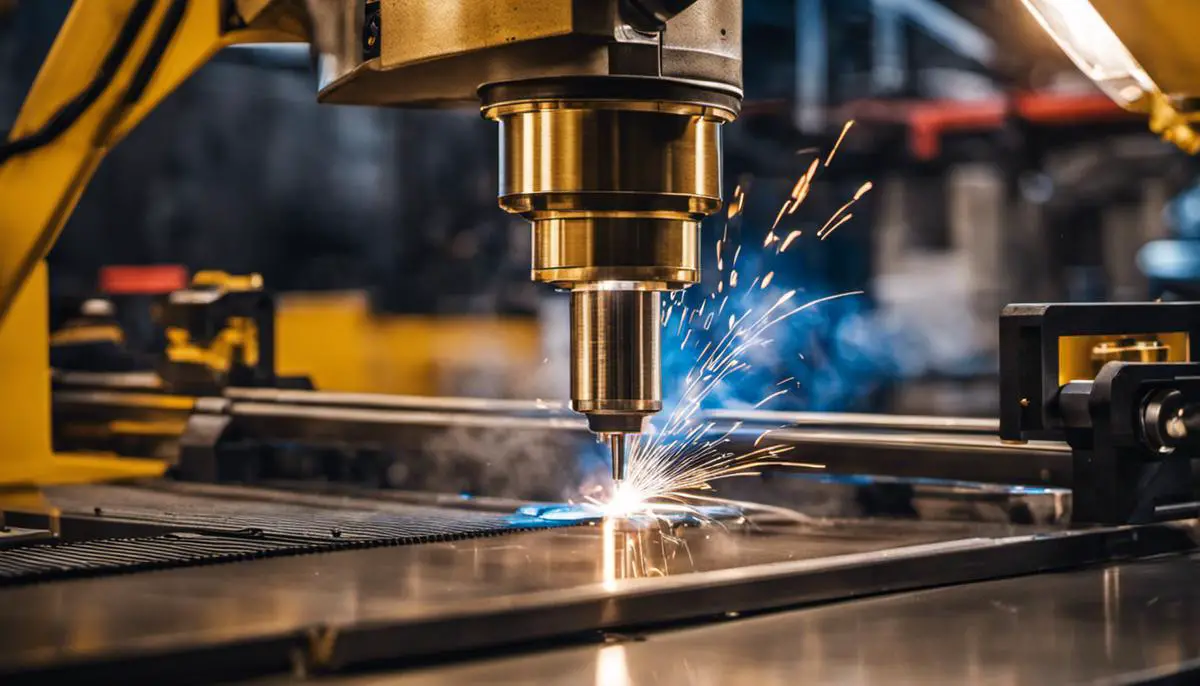
Case Studies: Successful CNC Machine Integration into Smart Factories
In recent years, more and more manufacturers have made the leap to incorporate CNC machines into their smart factories, with tangible success.
Let’s delve into some noteworthy examples of business giants that have reaped the benefits of CNC integration in a smart factory setting.
A notable case is that of Rolls Royce.
The mega manufacturer of aero engines integrated CNC machines into its smart factory to streamline its engine assembly process.
This resulted in reduced assembly times and increased productivity, proving that CNC machines can be pivotal in enhancing manufacturing efficiency.
Then there is Boeing, the world’s largest aerospace company.
They made the strategic move to integrate CNC machines into their production of aircraft components.
The result? Advanced precision, increased speed, and substantial cost savings.
This illustrates the myriad of benefits CNC machines can add to complex manufacturing processes in the aerospace industry.
Let’s also take a moment to shine a light on Siemens.
This multinational conglomerate applied CNC technology to its Electronics Works Amberg facility, which produces automated technology systems.
This nascent adoption of CNC machines in intelligent factories resulted in an astounding 75% time saving on their production of certain components.
The success stories of CNC integration into smart factories aren’t confined to the heavyweights.
Countless small to medium enterprises (SMEs) have also taken advantage of this game-changing technology.
Take, for example, Protolabs.
This tech-savvy company, specializing in rapid prototyping and low-volume production, thrives on the power of automation.
Integrating CNC machines and 3D printing into their smart factory set-up has optimized their manufacturing process and helped them deliver high-quality, precision-engineered components at breakneck speeds.
In another example, Joby Aviation, an air taxi start-up, attributes their breathtaking speed of aircraft production to CNC machining.
Their innovative use of this technology has aided them greatly in manufacturing complex, high-quality components for their aircraft in record time.
And then we have RCRoadsters, a small-scale manufacturer of replica classic cars.
Thanks to CNC machines, they’ve been able to broaden their operations, creating a range of precision-machined components that would be cost-prohibitive otherwise, and thus improve the overall quality of their final product.
So why are we dwelling on these case studies?
Because they illustrate that the transition to smart factories isn’t just for large-scale operators.
With a clear and strategic approach to integrating CNC machines, businesses of all sizes can exploit the advantages that they offer.
Clearly, CNC machines and smart factories are a powerful combination.
That’s why the most forward-thinking companies are reimagining their workflows around this duo.
You might ask – is it easy?
Not necessarily.
But is it worth it?
The success stories abound would still echo – absolutely yes!
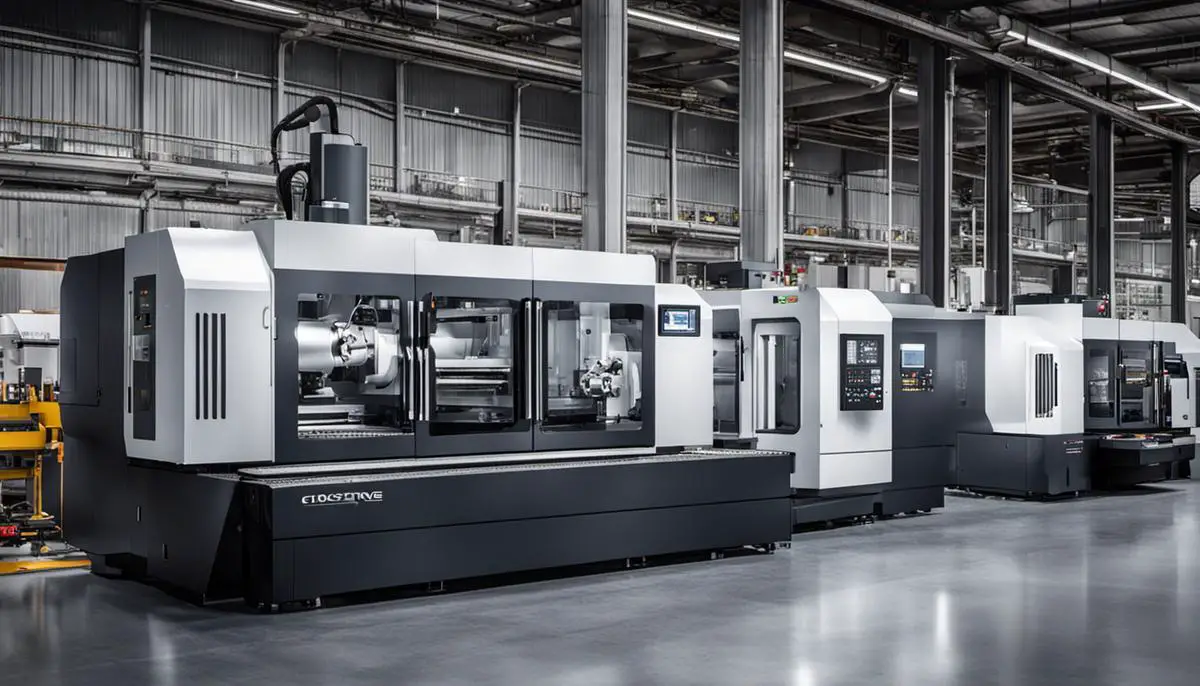
Future Trends: Advanced CNC Machines and Smart Factories
Beyond the realms of what CNC machines have achieved thus far, a tech head, especially one well-versed in manufacturing operations can’t contain their excitement about what’s on the horizon. The possibilities of what smart factories with state-of-the-art CNC machines will look like in the future are mind-boggling.
Unsurprisingly, technological advancements will take center stage in the evolution of these machines. Artificial Intelligence (AI), big data, and augmented reality (AR) are crucial tools expected to play significant roles. One could easily envision smart glasses guiding operators through CNC operations, with AR providing a seamless, interactive experience. Furthermore, we also envision AI leading the charge in continuously improving machine efficiency and accuracy and providing predictive analysis for maintenance and troubleshooting scenarios, systems will become even more efficient, accurate, and less prone to downtime.
Aside from greatly anticipated advancements in AI and AR, expect further automation customization to take hold. CNC Machines of the future will be highly configurable to fit a wider range of manufacturing needs. Plus, thanks to additive manufacturing techniques, we will see these smart machines not just machining material but also adding layers to it – a process we’ll likely see dubbed “hybrid machining.”
In parallel, the world will witness an expanded adaptation of collaborative robots (cobots) in CNC environments. By working seamlessly alongside human counterparts, cobots will aid in tasks such as machine tending, thus allowing the workforce to focus on more complex assignments. Imagine a factory where robotic helpers are the norm.
Soon, big data will find even more utility in CNC-operated smart factories. With the ability to capture, analyze, and data-mine large amounts of information in real time, big data offers improved oversight into operations. Thereby enabling manufacturers to make strategic decisions on the fly, boosting efficiency even further.
Finally, the rise of the circular economy also holds exciting implications for smart factories. In this context, CNC machines will execute more than just production functions. They will be instrumental in second-life operations such as de-manufacturing and recycling, thereby weaving sustainability tightly into the industrial production life cycle.
Looking forward, the aforementioned trends can be viewed as both exhilarating and disruption-dealing game-changers. The integration of emerging technologies like AI, AR, big data, and cobots, coupled with sustainable practices in smart factories, is not only inevitable; it’s the key to unlocking a new wave of manufacturing flexibility, efficiency, and sustainability. As we continue turning the page towards this new chapter in the manufacturing industry, even for a sector that has always embraced change, the future feels exceptionally electrifying.
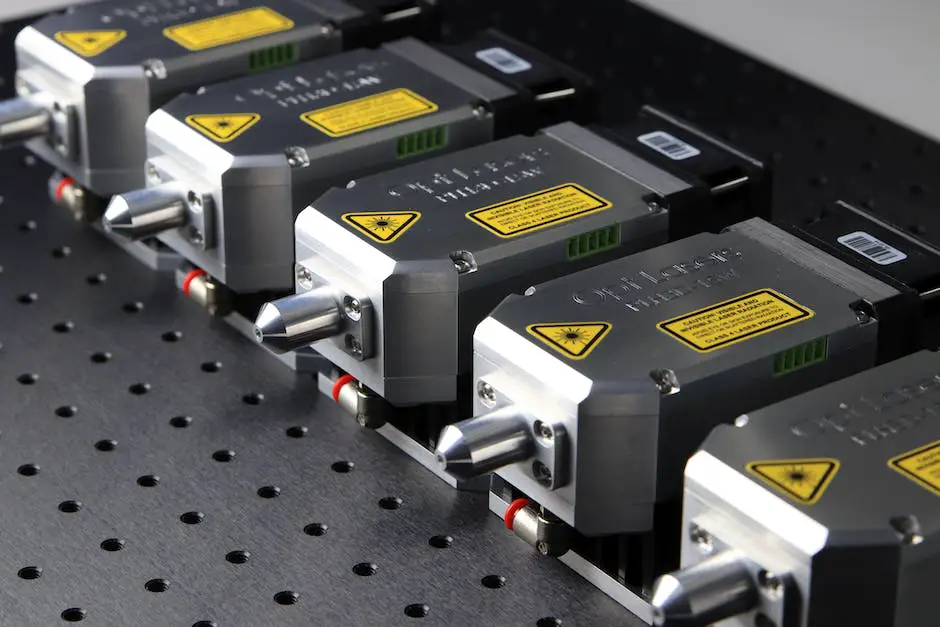
Exploring the horizon of intelligent factories, we anticipate significant improvements in artificial intelligence features of CNC machines, innovations in IoT infrastructure, and the integration of Augmented reality (AR) and Virtual reality (VR) technologies. These advancements promise to refine further and revolutionize production processes, creating an ideal fusion of craftsmanship and robotics. The symbiosis of CNC machines with IoT paves the way for a comprehensive understanding of manufacturing characteristics and promoting predictive maintenance. As a forward-moving society, harnessing the power of integrated, automated technologies is crucial. In the big picture, the journey to a truly ‘Smart Factory’ is not just about overcoming present difficulties but also about staying open, adaptive, and responsive to the game-changing transformations that tomorrow may bring.

